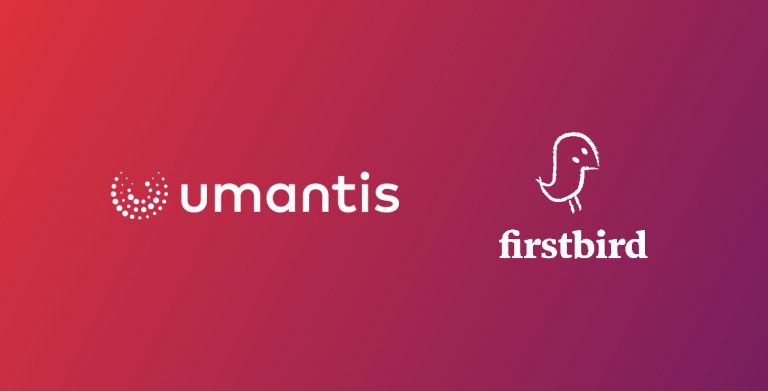Target agreements are based on the management principle of Management by Objectives (MbO). The main purpose of agreeing on goals is to increase employee motivation and focus resources. Nevertheless, when the appraisal interview is due, many employees, but also managers, are faced with the question every year: What are my personal goals? In this article, you will find examples and tips.
Individual goals
Sensibly set goals lead to employees becoming even more enthusiastic about the company. This is one of the reasons why target agreements are often the basis for variable salary components. When it comes to agreeing on goals, a distinction is made between individual goals and development goals. The individual goals of all employees are derived from the company's goals. Therefore, it is important that every employee knows the company strategy. Only if the company's goals are transparent and comprehensible can an employee identify with them.
Typical corporate goals are, for example, increasing sales, customer satisfaction or improving products. If you translate, for example, While the overarching goal of increasing customer satisfaction for a customer service agent, this could mean that the agent develops a workflow for better customer service – such as faster handling of customer requests.
Examples of individual goals
Depending on the department and the specific area of responsibility, the target agreements can vary greatly. Nevertheless, all goals must be derived from the overarching corporate goals. They should be clearly defined and measurable (see the paragraph "Agreeing goals with the smarti formula" below). In addition, no more than five goals should be set for each employee. Here are some example goals for employees from different backgrounds:
- IT: "Reduce the number of crashes of our accounting software by 40% by the end of the fiscal year."
- Marketing: "Increase awareness of our product XYZ within the target group of men over 50 years of age by 20% by the end of the year. Measuring success with the help of a market research survey."
- Sales: "Closed 20 new customers of our product XYZ in the first quarter."
- Customer Service/Support: "Increase customer satisfaction on support requests by 30% by the end of the year."
Personal Development Goals
In addition to the individual goals derived from the company's goals, successful target agreements also contain one or two personal development goals.
Of course, every employee has different personal goals. These can be many things, e.g. a qualification in a certain direction, a management position or a salary increase. That's why managers should also take into account the employee's current stage of development when agreeing on goals. Depending on the situation, personal goals have the potential to ensure more loyalty to the company, increase employee satisfaction and, last but not least, create strong motivation.
Types of Goals for Personal Development Goals
- Qualification goals are particularly interesting for talents who are to be prepared and developed for new positions. An example is taking on a special task, such as managing a project.
- Retention goals particularly affect top performers who are already making a major contribution to the company's success. For these employees, it is often interesting and motivating to keep up to date with the latest developments, e.g. by attending a specialist event or congress.
- Change goals serve to directly improve an employee's performance. For example, in terms of soft skills. One goal could be for an insecure employee with stage fright to take part in a training session and give presentations confidently and convincingly in the future. Or that a customer service employee takes part in a communication training to communicate with customers more confidently.
Goals must be measurable
If personal development goals have been defined in a meaningful and measurable way, they help to motivate employees. It is not so easy to formulate goals in a suitable way. Some criteria for "good" goals are set by the so-called SMART formula.
Common HR software solutions make it possible to clearly document and track the agreed personal goals and the status of goal achievement. Here you can also define sub-goals and suitable milestones. As a result, the goals are transparent for both employees and managers. If the personal goals then contribute to the company's goals and employees get the feeling that they are working together towards a goal, you are on the right track.

Christoph Herzog
Editor: Haufe Talent
Christoph Herzog is interested in people and how they can work better together in the digital age. He is an editor at the Haufe Group, father of a daughter and likes to walk on narrow paths.




